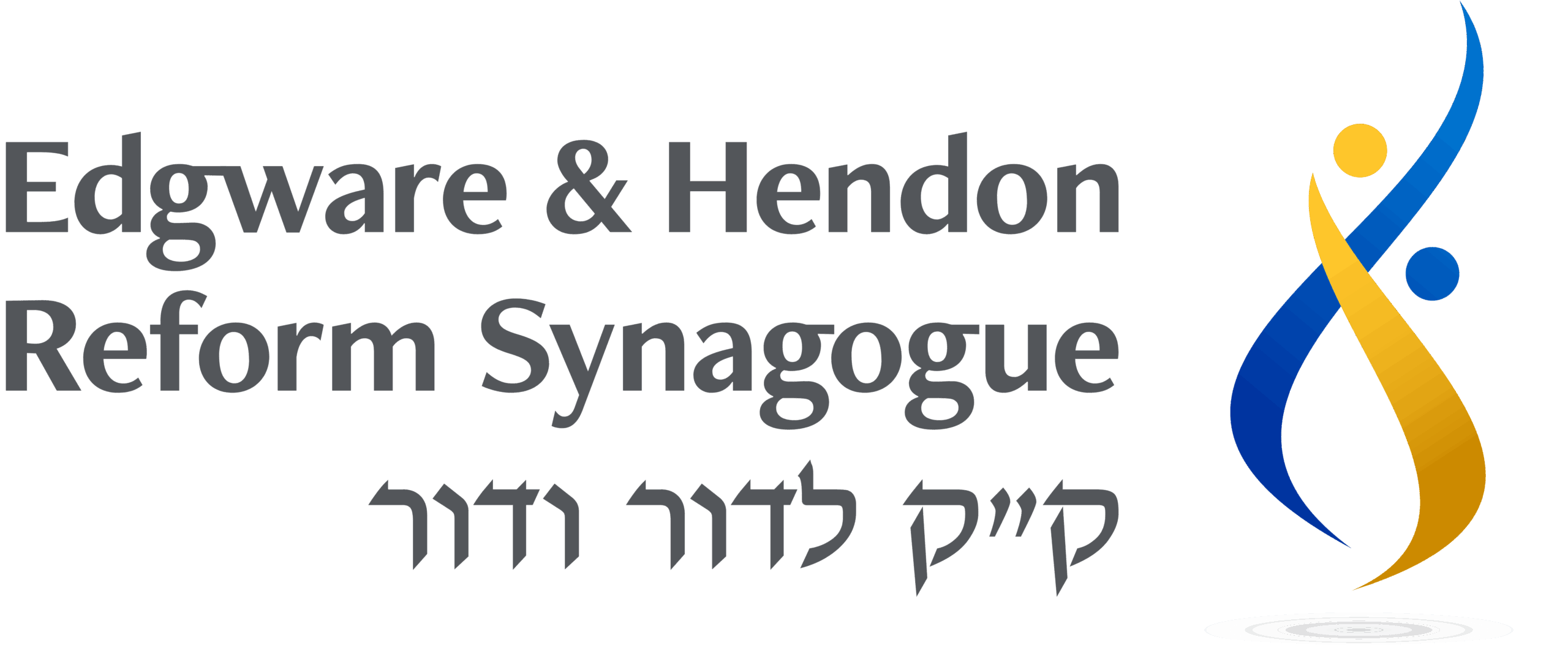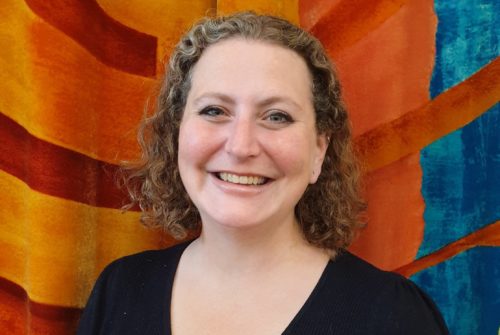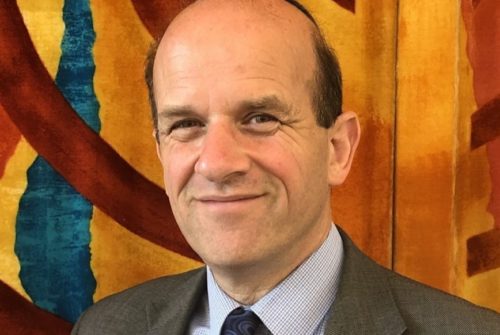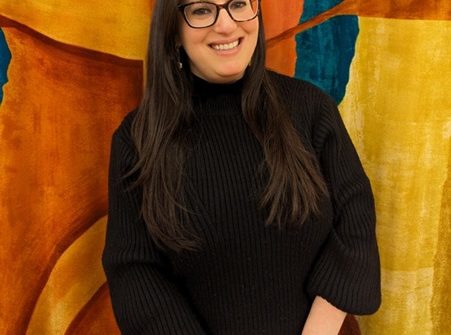This Shabbat is simultaneously one of the greatest and one of the most feared rabbinic moments of the year. Known as Shabbat HaGadol – the Great or Big Shabbat, it is the last Shabbat before Pesach, and traditionally was a time when rabbis would give a long (like 4 hours long) sermon detailing all the intricacies of Pesach halakhot. So I should earn brownie points instantly this morning by keeping my comments to under 10 minutes.
This week I have either led or attended 5 mock sedarim. I’m not sure I have the energy for the actual seder at this point, but hopefully this last week with its unpacking of Pesach crockery full of family memories, cooking of almond macaroons and frying of fish will re-energise me for Pesach itself. I have another custom that often helps, of treating myself to a new haggadah every year. From comedic to artistic, interfaith haggadot to children’s editions, each has its own take on the Pesach service. The seder has its written origins in the Mishnah, compiled almost 2000 years ago, recording Temple practice and what was done once there was no paschal lamb to be sacrificed. But it is a service which has continued to grow and change throughout the centuries, and continues to be rethought, retold, and added to.
One of the things I have always found most confusing about the service in the Haggadah, is that the story is not told by reading the narrative from Exodus. The four promises of redemption are quoted[1], and we hear general summations of what happened in Exodus, but it is largely rabbinic texts that take us through the seder.
The Haggadah also includes an extract from Deuteronomy, one that has been recited since Temple times, but at Shavuot rather than Pesach: ‘A wandering Aramean was my father. And he went down into Egypt and sojourned there, few in number, and there he became a nation, great, mighty, and populous. And the Egyptians treated us harshly and humiliated us and laid on us hard labor. Then we cried to Adonai, the God of our ancestors, and the Eternal heard our voice and saw our affliction, our toil, and our oppression. 8 And Adonai brought us out of Egypt with a mighty hand and an outstretched arm, with great deeds of terror, with signs and wonders.’[2]
My husband Gary was pondering on the inclusion of this passage this week, a paragraph which so succinctly tells the story of the Exodus. My logic would be that this is precisely why it is included; it is brief and yet broad – something we could use more of in the seder! But Gary made another suggestion. A midrashic understanding of Deuteronomy 17:17 suggests that Kings in Israel would always have a scroll of Deuteronomy in their possession, to refer to, because it contains all the laws of Torah in it. As a result, it is possible that Deuteronomy was the best known of the 5 books of Moses, and would have been quoted and studied more broadly. This, Gary decided, is why the story is summarised from Deuteronomy rather than told more fully from Exodus. It put it into the language the majority of people were familiar with.
Which brings us back to my collection of Haggadot. Each takes a different approach in trying to speak to people where they are, whether it be through comedy, poetry, historic insights or haggadot designed for interfaith families. Like so many things in the Jewish world, the Pesach seder is designed to speak to us in every generation, and to encourage us to find ourselves in the story- to remember that we, too, came out of Egypt.
Today there are plenty of famous additions to the seder table, from the Orange on the seder plate, a nod to the inclusion of all regardless of gender or sexuality instigated by Susannah Heschel, to the option of using beetroot instead of a shank bone, suggested by Rashi in the 12th century for those who can’t get a bone or who don’t eat meat. Rashi explains that the beetroot bleeds and thus reminds us of the blood of the paschal lamb, a large part of the symbolism of the shank bone. Rabbi David Rosen, former Orthodox Chief Rabbi of Ireland, suggests that vegetarians could use a toothpick with two mushrooms stuck on either end to imitate the bone. He explains there is no reason to feel confined by the seder symbols – they are there as conversation starters and symbols to connect us to the story, so if you need to substitute an item or want to add something to help the seder speak to contemporary events, you should feel free to do just that.
A few years ago Extinction Rebellion Jews asked the community to add a chilli pepper to our seder plates, to remind us at seder of the suffering that climate change will cause. Last year those campaigning for the Uigher people asked us to add cotton, raisins or dates to our seder plates. This year I will also be adding a sunflower to remember the ongoing struggle for freedom being played out in the Ukraine. I tend to now have at least two seder plates on our table. One has the symbols we are more used to seeing, the other is an alternative seder plate, filled with symbols of modern struggles, and different every year. I don’t explain the plate until we get to dinner, and while Gary and I are serving we ask our guests to guess what each thing represents. The answers are often incredibly creative and thoughtful – and occasionally I will slip an object onto the plate that has no meaning I’m aware of, just to see what connections my guests will make! It serves as a conversation starter for those who might not know one another, but also forces us to connect the Exodus from Egypt to contemporary issues.
Although the stories of Exodus, retold in Deuteronomy and the Haggadah, are thousands of years old and are dubious in their historicity, this is a story that speaks to us through the ages. A tale of overcoming tyranny, of striving for freedom, and of learning that with freedom comes responsibility.
Events of this week, from the terrorism in Israel to war crimes in Bucha, Ukraine, are enough to leave one despairing. But the seder reminds us that those who love life and freedom will win out. These issues are not separate to the rituals we will perform on Friday and Saturday night, they are part of the same human story, and part of the Jewish story, and all of these must come together to speak to us in our own language, in our own generations.
However you are marking Pesach this year, perhaps pick one way that you would like to ensure it speaks to where you are today. It might be via an added item on the seder plate, or by including people over zoom! It might be through a special prayer you write, or a Ukrainian seder supplement[3], maybe you will have a new haggadah to explore, or will discover something you hadn’t noticed before in the Haggadah you have always used. The seder is not a service to suffer through or feel disconnected from – it is meant to speak to you in your language, to the issues of freedom and struggle that are real for us today, and like so much in Judaism, it helps us process these challenges and strive for better.
Wishing you all a chag Pesach sameach, may we walk towards freedom for all together in the coming year.
[1] Exodus 6:1-8
[2] Deuteronomy 26:5-8
[3] https://www.haggadot.com/haggadah/honoring-the-people-of-ukraine



